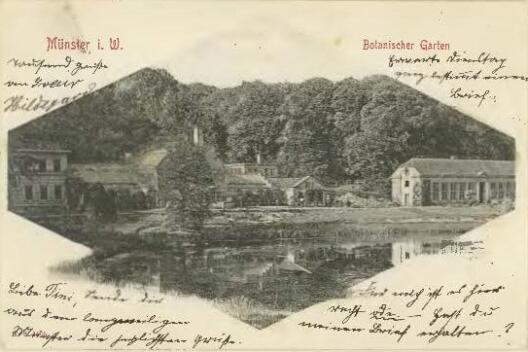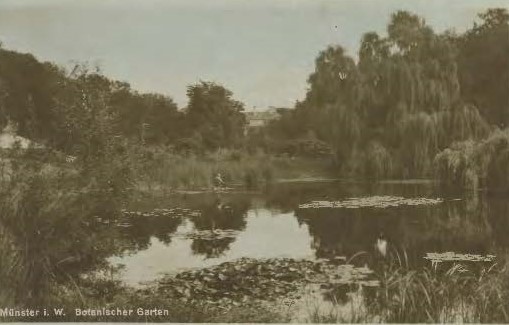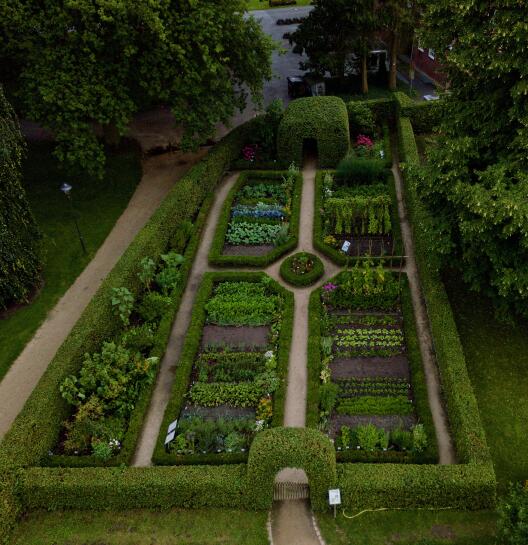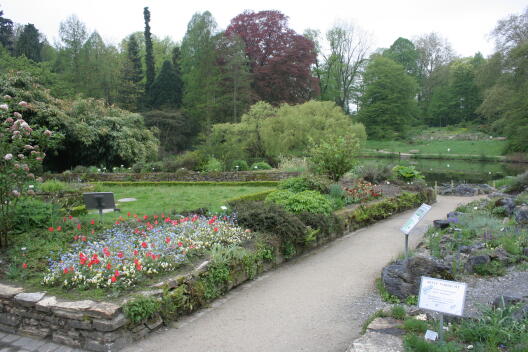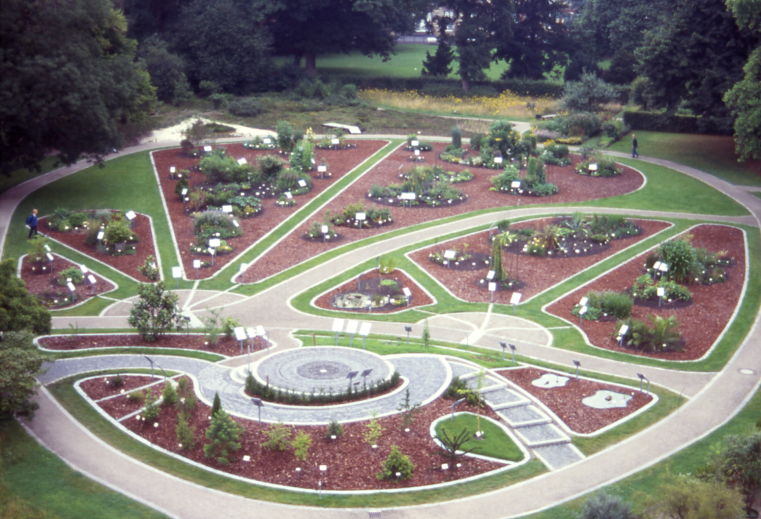The garden in the 19th century
In 1797, a chair for natural history (botany) was established at the medical faculty of the recently founded University of Münster. The practical medical doctor Dr. Franz Wernekinck (1764 - 1839) was appointed to this chair. In the absence of any teaching- and illustrative material, he searched for a suitable location for a Hortus Botanicus. The residence garden of the prince-bishop behind the castle was considered an ideal place for this. Baron von Stein, at the time the highest government official and representative of Prussia in Westphalia, supported the project and in 1803 a decree ordered the construction of a botanical garden.
Many initiatives and concepts for the new garden go back to its director, Prof. Dr. Wernekinck. The first greenhouses were built as early as 1804. From the very beginning, the garden was conceived as a teaching and research garden. However, the garden suffered from financial problems again and again, not only at the beginning of its existence, but also in the following years. These had to be partially counterbalanced by an active trade with plants, with an obvious negative impact on the primary responsibilities of the garden. The first existential crisis came in 1806 with the occupation of Westphalia by French troops. Further political changes after the Congress of Vienna in 1815 and the fundamental restructuring of the university led to a change of direction in the Botanical Garden, where from now on mainly native plants had to be cultivated.
After Wernekinck, the garden was subject to frequent changes in its management. Fortunately, this problem was mitigated by the long employment time of gardener Bernhard Revermann (whose role was comparable to that of a Technical Director today), who brought continuity to the garden for over 50 years from 1817 - 1869. He also is considered the driving force behind the publication of a first seed catalogue in 1827. Revermann was also responsible for supervising the entire castle park, including the old in the moat and a commercial tree nursery. The orangery, which is a protected historical building today, was also built during this period in 1840.
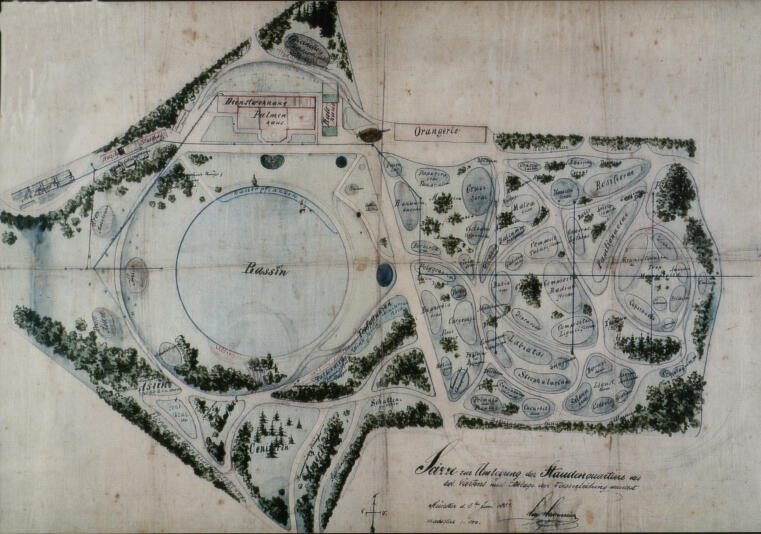
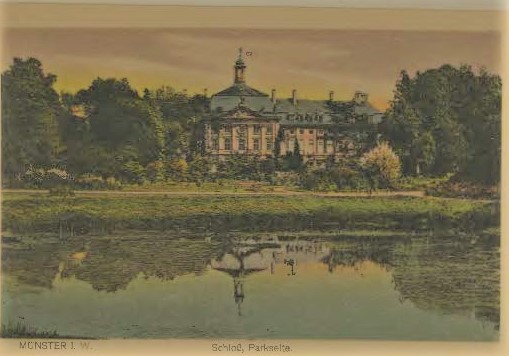
Prof. Dr. Theodor Nitschke (1834 - 1883) was the first botanist to take over the management of the Botanical Garden in 1867. Thanks to him, a new palm house was built in 1878. As a first in the garden’s history, he established intensive public relations activities and achieved, among other things, that the active plant trade was reduced. Meanwhile, Hugo Heidenreich 1871 (- 1911, later royal garden inspector), had taken over the position of the gardener that previously had been occupied by Revermann jun. for only a short time. He was especially interested in the Alpinum.
As Nitschke's successor, Prof. Dr. Oskar Brefeld took over the management of the Botanical Garden in 1884. In 1887/88 he succeeded in having a small lecture hall built behind the present Bromelia house, which had already been planned earlier and which was later converted into a gardener's flat and today serves again as a seminar room. His term of office also saw the construction of the new building of the Botanical Institute on the south side of the Botanical Garden, although this had little effect on the size of the garden.


